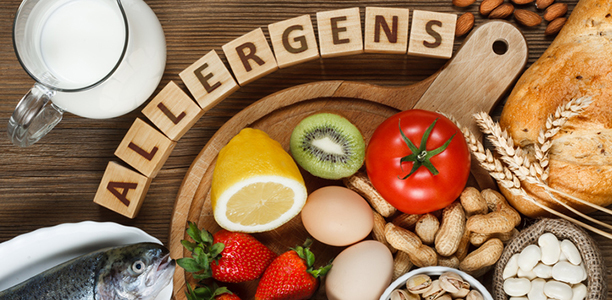
A new study by researchers from the Murdoch Children’s Research Institute (MCRI) has shown that 40% of Australian adolescents with food allergies are experiencing frequent allergic reactions, including anaphylaxis.
Senior author Professor Katie Allen said that previous research has shown that adolescents are most at risk of experiencing adverse food reactions and appear to be at higher risk of anaphylaxis fatalities but are an understudied age group in food allergy research. The aim of this study was to determine how frequently adolescents were experiencing food allergic reactions and anaphylaxis and explore the associated risk factors.
The new findings from MCRI’s SchoolNuts study involving 10,000 students aged 10 – 14 found that among the 547 with a food allergy:
- 50% had experienced an allergic reaction in the past year
- almost 10% reported potentially life-threatening anaphylactic reactions
- reactions occurring most commonly in the home
Lead author, Vicki McWilliam said the finding that reactions occur most commonly in the home was quite surprising. “This is in contrast to the assumption that schools and restaurants pose a higher risk for accidental allergen exposure and may reflect the compulsory training around food allergy that has been in place in the Victorian educational sector since 2008.”
The study published in The Journal of Allergy and Clinical Immunology was consistent with other research showing that peanut and tree nuts were the most common trigger foods for reactions and those with nut allergy were most at risk of severe reactions. Having more than two food allergies doubled the risk of a food allergic reaction compared to those with a single food allergy. Ms McWilliam said that in addition to those with nut allergies, adolescents with multiple food allergies may represent a high-risk group that has not been sufficiently considered to date.
Co-existing asthma and food allergy were not found to increase the risk of experiencing severe food reactions.
“Surprisingly, our results showed that asthma was not associated with severe reactions only having a nut allergy,” Vicki McWilliam said.
Factors representative such as an adrenalin auto-injector carriage patterns or higher risk of accidental allergen exposure through knowingly eating the food the student was allergic to or eating foods labelled with precautionary allergen labelling such as “may contain traces of” were not found to be associated with increased risk of reactions.
Those with asthma and more than two food allergies were at greatest risk for adverse food reactions. Those with nut allergies were most at risk of severe reactions.
“This study highlights the alarming frequency of adverse food reactions among adolescents and the need for specific management and education strategies aimed at allergen avoidance in this high-risk age group,” Professor Katie Allen said.
(Source: Murdoch Children’s Research Institute)









